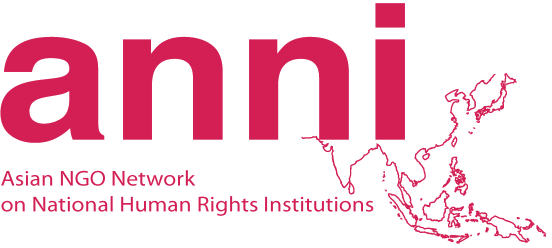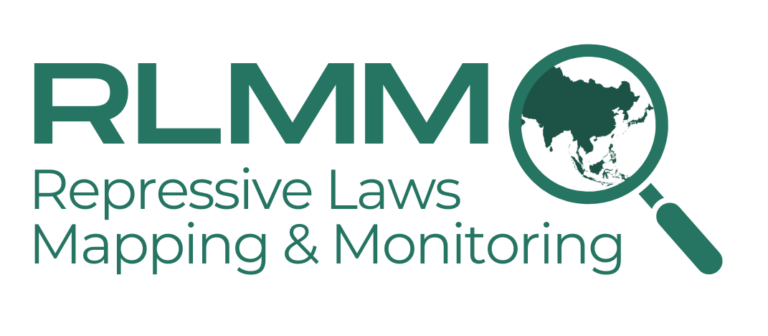Although ASEAN has a vision for diversity, it lacks concrete mechanisms that will ensure that diversity will not disappear. Ethnic Minorities and Indigenous Peoples living in ASEAN member states have an uphill battle to gain recognition of their human rights.
ASEAN Vision 2020 states: “Our rich diversity has provided the strength and inspiration to us to help one another foster a strong sense of community”
This recognition of rich diversity does not seem to extend to the diversity of people in the Association of Southeast Asian Nations (ASEAN) member-states as ASEAN documents do not contain any language referring to ethnic minorities (EMs) nor Indigenous Peoples (IPs).
Southeast Asia is one of the most ethnically diverse and complex regions in the world as it is homeland to groups, people, and nations within modern nation-states whose identities are not accommodated within a national identity, or who do not accept the dominant vision of the modern nation-state. They are called by various names, with or without their consent – ethnic minorities, hill tribes, tribes, tribal peoples, ethnic nationalities, national minorities, Indigenous minorities, Indigenous Peoples, among other categorisations. Under international human rights law, there is no standard definition of EMs or IPs, but the principle of self-identification is recognised. The ASEAN Vision 2020 continues to state that “we envision our rich human and natural resources contributing to our development and shared prosperity.”
ASEAN does not make any reference to the areas of conflict in the homelands of IPs and EMs. The IP homelands in the Philippines, Malaysia, and Indonesia are being ravaged by mines, mono-crop plantations (particularly oil palm), logging and dams. EMs in Laos and Vietnam are being involuntarily resettled to make way for new economic zones, dams, and development projects. Thailand’s IPs are being driven away from their forest homes to give way to national parks, tourist attractions, and at the same time denied citizenship, even though Thailand has been their home for generations. The Muslim areas of Thailand and Philippines are zones of conflict because of historical injustices. Traditional homelands are also zones of great biodiversity, and some of its peoples the practitioners and keepers of traditional knowledge that is now increasingly coveted by corporate interests.
The silence of all ASEAN documents on EMs and IPs is an indication of the denial of human rights for EMs and IPs in member countries, or even an outright denial of their existence. The lack of domestic mechanisms sends IPs and EMs to the United Nations for redress. It is here where they have fought for spaces to have their voices heard and these have led to the creation of such mechanisms as the Working Group on Indigenous Populations (1982) and later, the Working Group on Minorities (1995). In 1992, the Declaration on the Rights of Declaration on the Rights of Persons Belonging to National or Ethnic, Religious and Linguistic Minorities was adopted by the General Assembly. For IPs, it is a long fought battle that saw the creation of the Working Group on the Draft Declaration on the Rights of Indigenous Peoples in 1995, the proclamation of the first and second Decade of the World’s Indigenous Peoples, and still a watered-down version of the Declaration on the Rights of Indigenous Peoples on which a decision will be made on 13 September 2007. Additional mechanisms have also been established such as the Independent Expert on Minority Issues and the Special Rapporteur on the Human Rights and Fundamental Freedoms of Indigenous Peoples. For IPs, the creation of the UN Permanent Forum on Indigenous Issues was also a result of this international lobby work.
It is this focused lobbying that is needed at the regional and national level to influence the ASEAN and its member-states to address the human rights conditions of EMs and IPs. The silence of the ASEAN on the diversity of people in its jurisdiction is a reflection of the assimilationist approach that all ASEAN member states have adopted. The one-nation, one people policy intends to homogenise people and contradicts the claims of diversity that is celebrated in ASEAN Vision 2020. The gains and lessons learned at the international level must filter down to the regional level. EMs and IPs must join other civil society efforts in working for the establishment of a regional human rights mechanism. There is a huge implementation gap of state party obligations and commitments in relation to the promotion and protection of EMs and IPs rights. With ASEAN’s focus on full economic integration and not on human rights-based development, rights will be considered only within economic equations. Further violations of the right to self-determination, the right to ancestral territories, the right to culture (which is rooted in a territory), and other human rights violations are expected as states and multinationals look at territories and peoples as simply factors of production. EMs and IPs share the same national borders and face problems and issues common with other marginalised and vulnerable sectors. Working together to bring about a regional human rights mechanism and engaging ASEAN using lessons learned at the international level is a viable way forward in realising the human rights of marginalised peoples.



